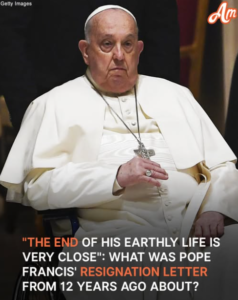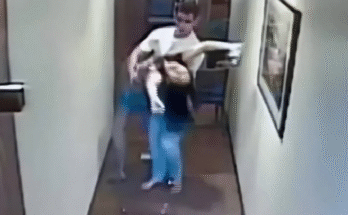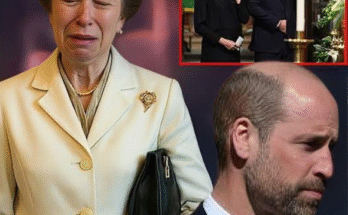Pope Francis, aged 88, remains in critical but stable condition at Rome’s Gemelli Hospital, battling double pneumonia. His health has been a subject of concern, especially given his age and recent medical issues, including blood transfusions and mild kidney failure. Despite these challenges, the Vatican reports no new respiratory crises, and his blood parameters are stable.
In light of his current health situation, attention has turned to a significant document he signed 12 years ago—a resignation letter intended for use if he became incapacitated. This proactive measure was revealed in 2022, highlighting the Pope’s foresight in ensuring the continuity of the papacy.
The Resignation Letter: A Contingency Plan
The resignation letter, signed in 2013 shortly after his election, was crafted to be enacted if the Pope were unable to fulfill his duties due to illness or other incapacitating conditions. This unprecedented step underscores the Pope’s commitment to the Church’s stability and the importance of a functioning papacy. While the specifics of the letter’s contents remain confidential, its existence reflects a pragmatic approach to leadership within the Vatican.
Implications for the Church
Should the resignation letter be invoked, it would trigger a series of events outlined in Church law. The first step would involve the destruction of the Pope’s ring and seal to prevent misuse. Following this, the College of Cardinals would convene to elect a new pope, ensuring the continuity of leadership within the Catholic Church. This process, known as the papal conclave, is a well-established procedure designed to maintain the Church’s operations during such transitions.
Current Status and Speculation
As of now, the Vatican has not indicated any intention to activate the resignation letter. Pope Francis continues to receive medical care and has shown signs of improvement. He has resumed some work activities and received the Eucharist, demonstrating his ongoing commitment to his papal duties. However, the lack of clear guidelines regarding a pope’s incapacity has led to speculation about the future course of action. The absence of specific protocols in canon law for such situations has prompted discussions among canonists about the need for clearer regulations.
Conclusion
Pope Francis’ health remains a critical concern for the Vatican and the global Catholic community. The existence of his resignation letter, signed over a decade ago, reflects a thoughtful contingency plan for the Church’s leadership. While the current situation does not necessitate its activation, the Church is prepared for such an eventuality, ensuring the continuity of its mission and governance.


